Looking the other way
Groups such as Sipah-e-Sahaba, (once?) nurtured by state, are now out to force their former masters to stand aside.
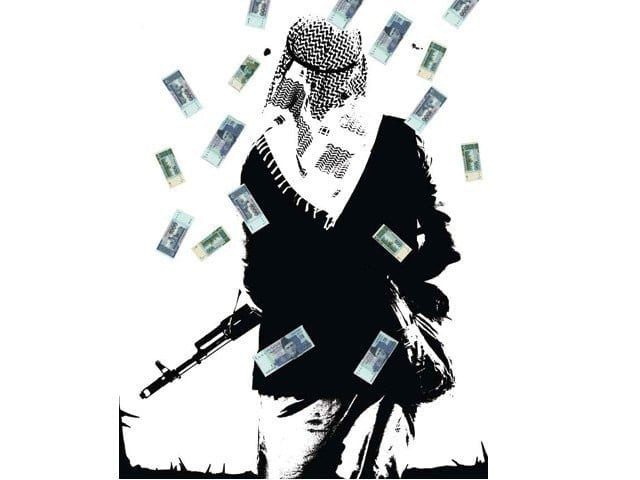
In December 2003, Jaish tried to kill General Pervez Musharraf through one of its activists near Rawalpindi, after receiving some level of inside information from a sympathiser in the police, evidence of which was discovered later from the attacker’s cellphone. Musharraf had also been targeted earlier, by some low-ranking employees of the Pakistan Air Force (some of them were eventually sentenced by a court to prison terms) — since the jihadis the state had nurtured against India were put off by his policy of going with America after 9/11. Today, the entire nation is put off with Musharraf for ‘enslaving’ Pakistan to the Americans, and writers/journalists who allege in their books that the military has been penetrated by al Qaeda activists or that personnel have sympathies with militant outfits are mysteriously killed. If one reads the Jaish newspapers, one will realise that the war in Kashmir is still going on and the ‘martyrs’ of Jaish are routinely being received back from Indian-administered Kashmir.
Yet, Musharraf was not what he appeared to be, a liberal general willing to fight terrorism. The irony is that his favouring the jihadis did not incline the jihadis in his favour. It is worth pointing out that when the Jaish-e-Mohammad leader Maulana Masood Azhar, was released from an Indian jail in a prisoner exchange in December 2000, following the hijack of an Indian aircraft to Kandahar, he was permitted to stage a huge rally in Karachi attended by gun-toting followers. In 2001 the various Kashmiri guerrilla groups fighting the jihad were asked to unite under Azhar but this move was unsuccessful. Clearly, times have changed and such groups, (once?) nurtured by the state, are now out to force their former masters to stand aside.
British-Pakistani terror suspect Rashid Rauf, who ‘escaped’ from the custody of police in Rawalpindi in 2007 was a Jaish activist and had planned a terrorist act at Heathrow Airport. Jaish activists are ‘allegedly’ also said to be working with al Qaeda and the Haqqani Network in North Waziristan and around Darra Adam Khel with Lashkar-e-Taiba (LeT). Its leader Maulana Masood Azhar — Pakistan says he is not in Pakistan — writes articles under a pen name in his banned publications and, from the looks of what he writes, travels to North Waziristan quite frequently. After the recent release of the Lashkar-e-Jhangvi’s Malik Ishaq from a jail in Lahore, the sectarian clout of Sipah-e-Sahaba has increased. Both are devotees of the founder of Sipah, late Maulana Haq Nawaz Jhangvi, and today are said to have considerable influence in south Punjab.
The nexus with the state has often been mentioned in the international press. A large body of literatures exists that details the interface the state of Pakistan enjoys with Jaish and LeT and there are recent publications pointing to the helplessness of the state to cleanse itself of these old terrorist connections because of ‘penetration’ of its rank and file with jihadi zeal. The phenomenon of journalists dying after disclosing new facts about this interface has scared the Pakistani citizen who is already less informed about such shadowy outfits as Jaish than his counterpart abroad. And the official doctrine of ‘India-centrism’ tends to confirm this bond. In Bahawalpur’s Model Town, Madrassa Usman-o-Ali is the nerve centre of sectarian jihad, established by Maulana Masood Azhar, intelligence reports about whose activities are regularly being sent by the Intelligence Bureau to the chief minister and governor of Punjab. We are forewarned — but will we do anything about it?
Published in The Express Tribune, August 22nd, 2011.



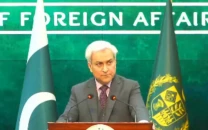
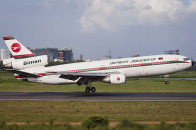
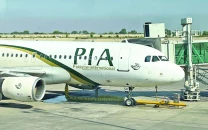
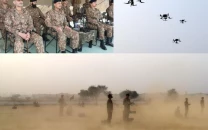












COMMENTS
Comments are moderated and generally will be posted if they are on-topic and not abusive.
For more information, please see our Comments FAQ